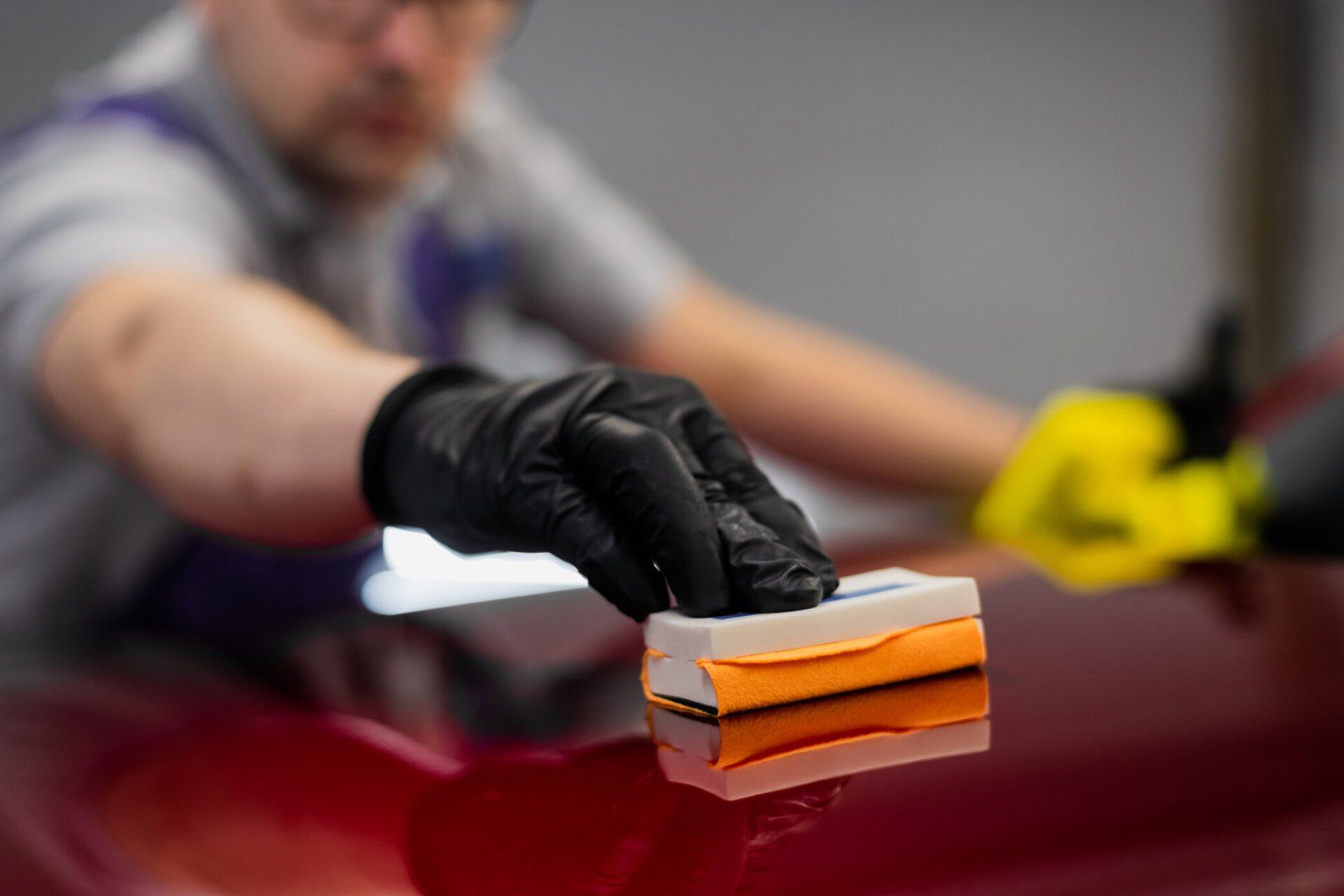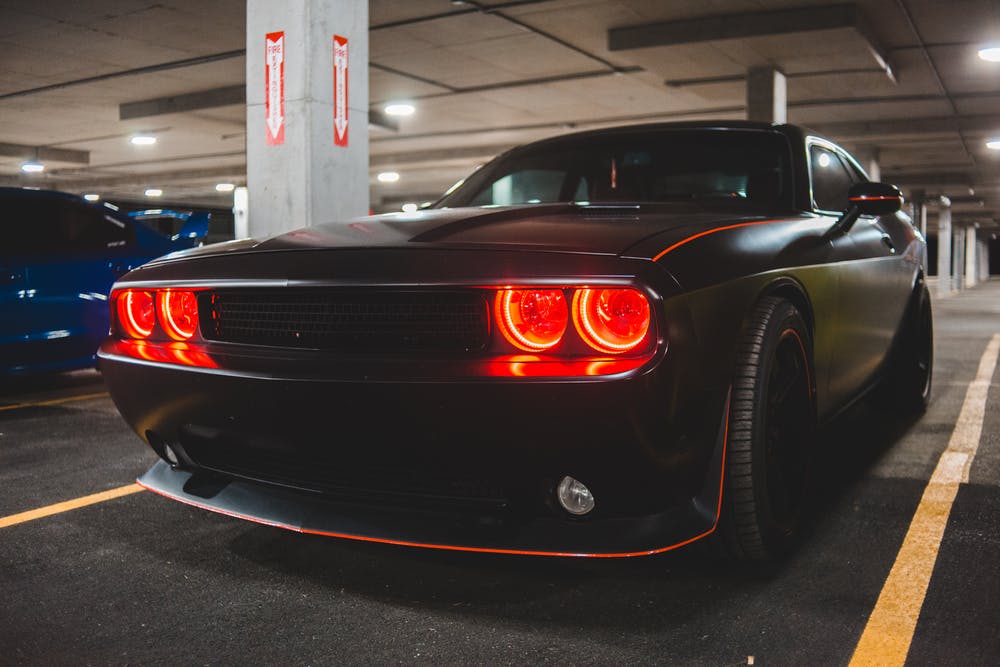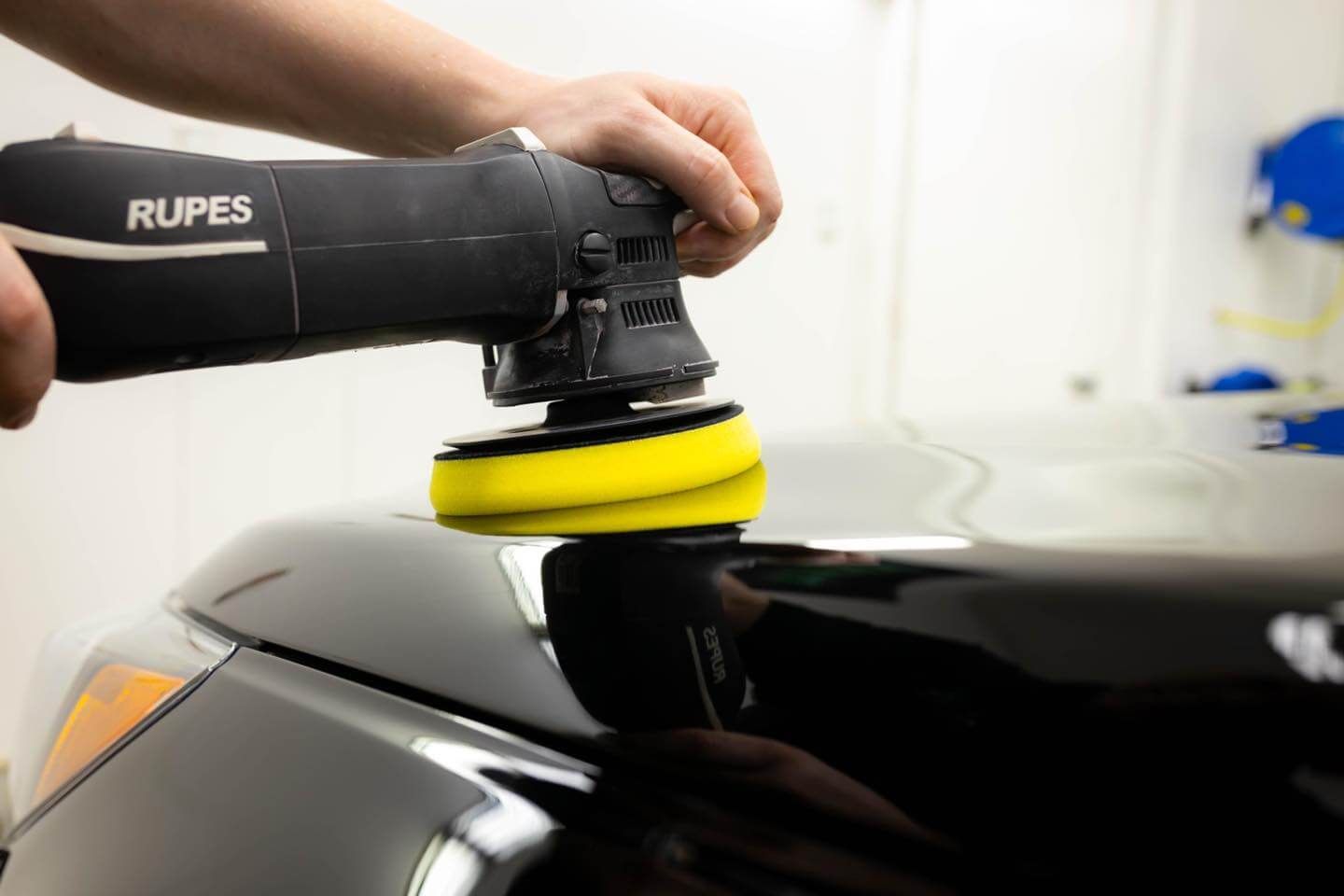A car gives you the benefit of more accessible travel. It’s also an investment, which is why many people go to great lengths to protect and maintain their cars. There are many ways to maintain your vehicle to keep it in top condition, but one of the most common methods is auto detailing.
Auto detailing refers to the process of maintaining a car’s appearance. In other words, it’s only for the car’s visual appeal and not its inner workings, such as the engine. There are many types of detailing packages depending on the vehicle that will be detailed, and the prices vary as well.
The best thing about auto detailing is that you don’t need to repair it as often, and you will also keep its value at a high price, which is very handy once you’re selling it.
In this article, we’ll be discussing the different types of auto detailing services that you can get for your car. Read on below to learn more.
Basic Car Wash
Car wash establishments offer washing services, but the services and prices differ among providers, and an example of this is if they don’t wash certain parts of your car.
It could be anything like not cleaning the rims or maybe even vacuuming the interior without doing a wipe-down first. The services provided are also affected by several factors, such as traffic or the cost of the supplies that go into the work that’s being done.
On the other hand, a high-quality car cleaning service provides everything by cleaning your car from top to bottom, including the rims, tire dressing, and vacuuming the interior. This is the most sought-after method of detailing because it’s fast and efficient.
Complete Car Interior Detailing
As the name implies, complete car interior detailing involves cleaning the inside of your car without leaving any spots. There are different methods of doing this, such as:
Vacuuming- Brushing
- Steam-cleaning
- Seat conditioning
- Shampooing seats and floor mats
- Plastic dressing
- Mold removal
Full Car Exterior Detailing
As the name suggests, this type of detailing involves restoring the original condition of a car’s exterior. Apart from the car’s body, it also includes the detailing of the windows and tires.
There are two ways to do this: the first method involves using a pressure washer and detergents. For owners who have black vehicles, this is the recommended detailing for them.
The other method is done with a waterless approach, which means no water is used for the detailing. Instead, what’s used are products such as degreasers and polishes. Most car owners choose this route because there’s no need to dry the car, which speeds up the process.
The final step in exterior detailing is polishing, which restores the shine of a vehicle before topping it all off with wax. The car wax seals the polish, which adds a glossy finish to the car. It’s also worth noting that a clay bar treatment before waxing altogether eliminates all the contaminants from a vehicle, restoring it to top condition, arguably better than standard waxing.
Full Car Detailing
Complete car detailing is an excellent option for most car owners because the service combines interior and exterior detailing. However, the service itself varies among providers.
In most cases, the standard package includes regular washing, stain removal, leather car seat conditioning, floor mat shampooing, exterior waxing, and clay bar treatment. For other providers, though, there are other add-ons such as:
Bumper repair- Engine cleaning
- Glass chip repair
- Trim repainting
- Water spot removal
- Headlight restoration
- Pet hair removal
- Paint touch-up
Full Car Restoration
Complete car restoration is a high-quality detailing service. Full detailing will be done to a vehicle first, followed by window tinting. Paint correction is also done, with a paint sealant to top it all off. The paint sealant helps the car be protected.
If done correctly, the service makes the car look better than it was when it was new. It can also take up to 5 days, depending on the car’s condition. Because many things will be done to restore the car, it’s a very costly service that can go up to $3,000.
Conclusion
Getting a car wash for your car is a logical choice, but car detailing is arguably better. Suppose you want to prolong the lifespan of your vehicle’s paint. In that case, you should get it detailed every once in a while because it involves vital restorative processes that maintain your car in top condition for a long time.
5 Star Auto Detailing provides top-quality services for
auto detailing in Rochester. Your car serves you by getting you to your destination, so it’s only suitable for you to do the same by maintaining them in excellent condition. Contact us today to get started!
The body content of your post goes here. To edit this text, click on it and delete this default text and start typing your own or paste your own from a different source.






